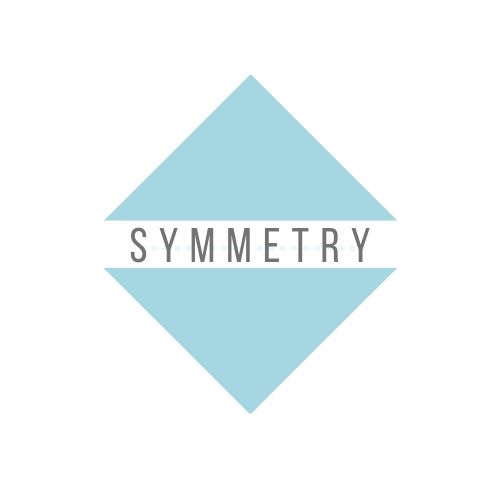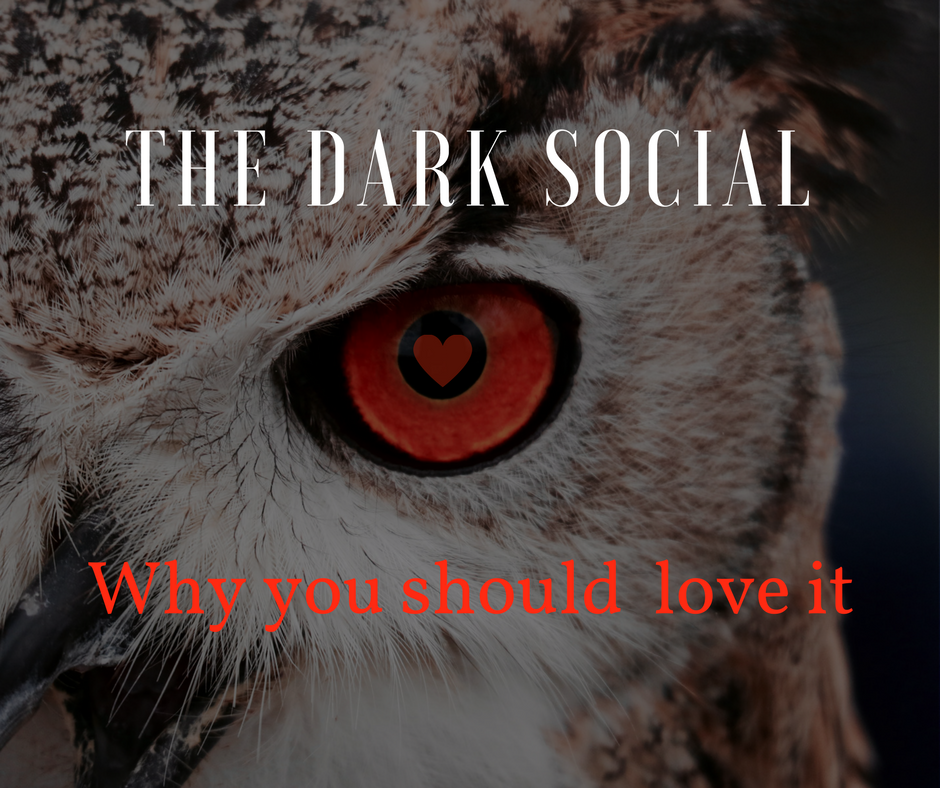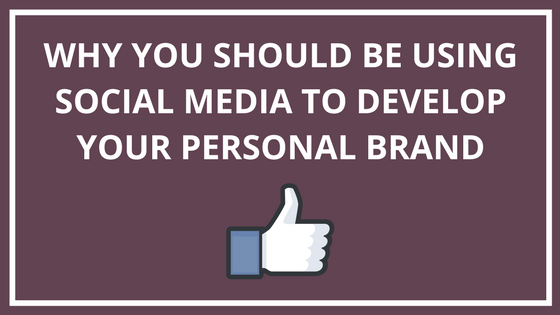Emily Faulkner
Beware the “dark social”… the menacing social media monster messing with your metrics.
Since beginning my co-op work term and taking over the twitter account of the IWK Health Centre’s Gastroenterology Division (IWK Gastro), Hootsuite has been bombarding my twitter feed with mysterious posts about “dark social”. I finally decided to take part in one of their free webinars so I could find out what the little black owl was pestering me about.
It turns out, “dark social” is a very basic concept that all of us have been participating in since the dawn of social media: privately sharing content.
According to Hootsuite, 82 per cent of content is shared through “dark social.” This means instead of re-tweeting, you copy and paste the link in a private message, or text it to a friend. Honestly, this is practically all I do.
As a PR practitioner, or a social media fanatic, here is why you should be concerned: metrics – OMG our measurements have been wrong this whole time!
Yes, this does mean measuring the reach of your posts just got a little more complicated. There are many companies and social platforms, such as Hootsuite, working on the problem. Oddly, Burger King came up with one of the most impressive solutions. Wanting to better understand how customers commented on its burgers and sandwiches, the company developed an emoji dashboard app. The Emojis encourage conversation and function as a method to measure comments about the brand.
For now, unless you have the time, tech, and financial resources to dedicate to improving measurements like Burger King, you should accept the reality that proper measurement will difficult.
With that in mind, here is why you should embrace dark social:
- Privacy
Not all of your users want to publicly share your content but it doesn’t mean they don’t want you to keep it comin’. For my current co-op, I share information about Inflammatory Bowel Disease (IBD) daily. To IWKGastro’s followers who have IBD, I certainly do not wish to make them feel as though they have to publicly share content about their disease.
When you focus too much on getting content shared, you could forget the importance of the message. What is the message? Maybe it doesn’t have to be shared?
- Quality not quantity
Whatever happened to this?!
Can you imagine if PR practitioners only uploaded content based on what is popular? For example, for my co-op I could post whatever is popular in IBD news, but half of that content has zero medical credibility. If I posted it I could run the risk of damaging my center’s reputation.
I only post content of good quality and merit. Popularity has zero bearing on my posting decisions. By understanding and embracing dark social, we can focus more on the material and less on feedback such as likes and shares, considering only a measly 18 per cent of engagement is measurable anyway.
- Copycats aren’t creative
Having inspiration is all well and good, but be careful when comparing your social media accounts to the heavy hitters. Remember, you only see the tip of the iceberg and your content has more reach then you know.
Try not to put all of your energy in mimicking the social media presence of popular accounts. Instead, focus your energy into understanding your company. Create a strategic plan for developing your image that doesn’t include social media fads and trends. Then, when putting that plan into practice, if a current trend or fad would make a good tool, use it, if not – forget it.
Sort of the like the lyric, “She’s not pretty, she just looks that way”, social media can fall prey to the same shallowness. The rise of the dark social is a reminder that it’s what’s on the inside that counts – your mission, vision and values – always put them first folks.





